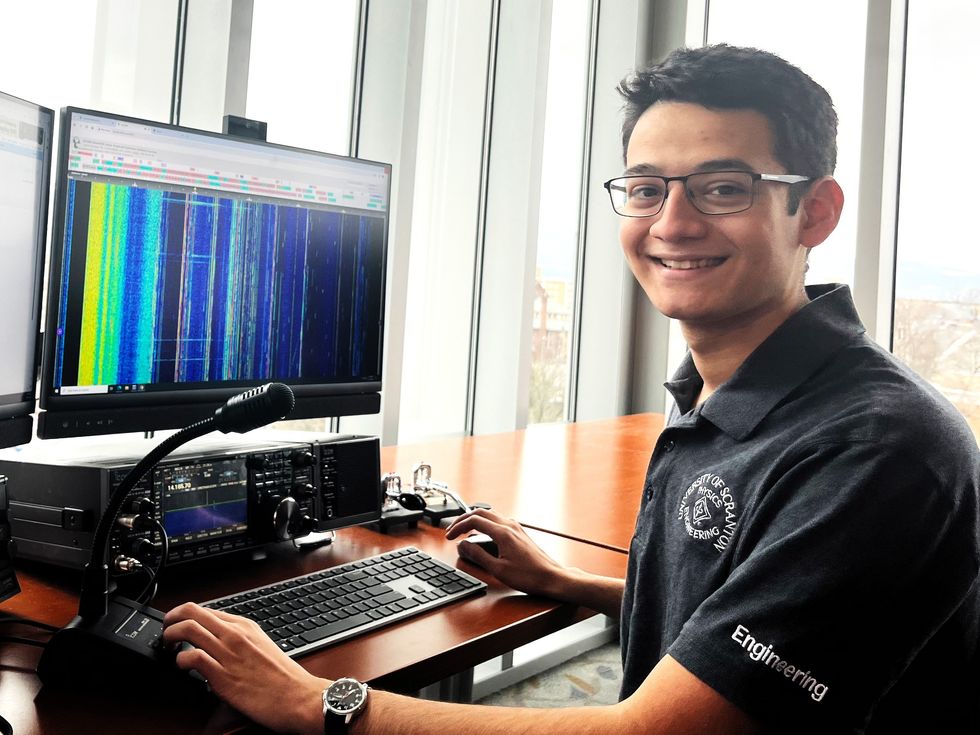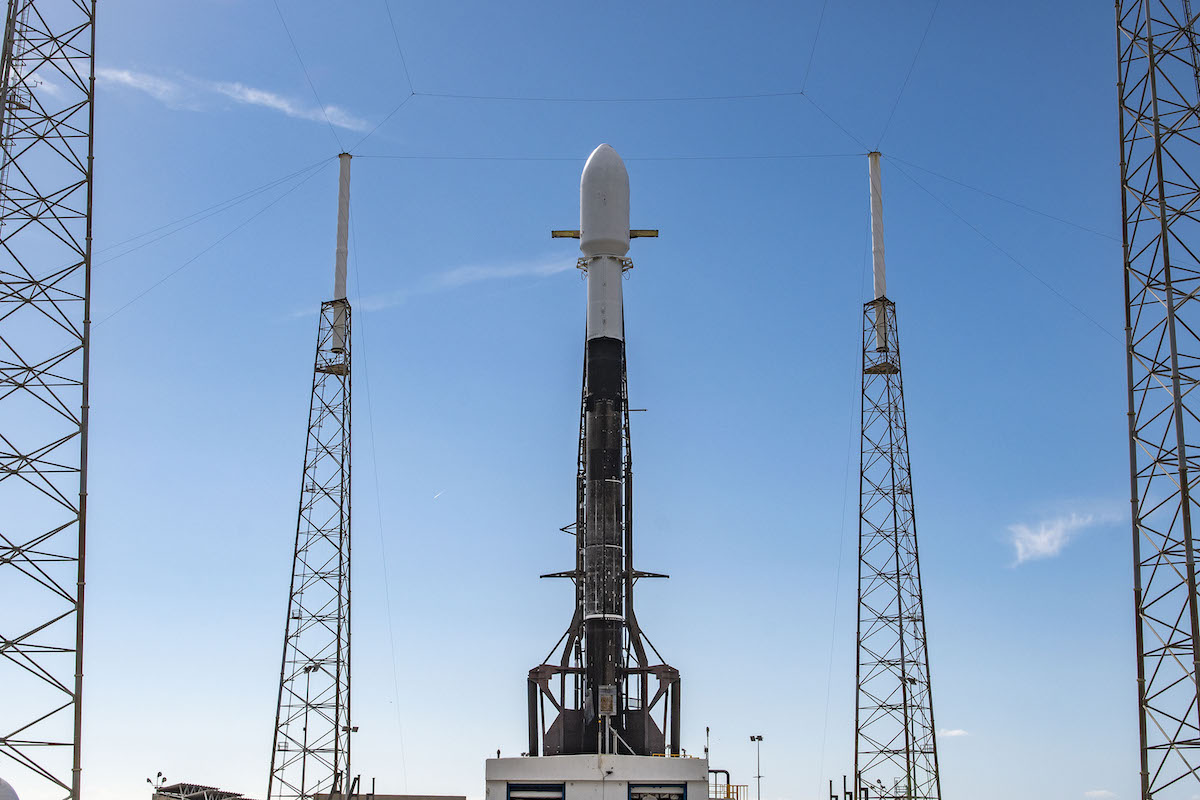Something fizzy is brewing under the ice of Jupiter’s moon Europa—a familiar molecule that is inspiring fresh optimism in the search for life beyond Earth.
In recent years, Europa has emerged as a prime target for that search because it is overflowing with water. Beneath its frozen surface, Europa has a balmy, globe-spanning ocean that may contain more than twice the liquid in Earth’s oceans combined. Life cannot get by with water alone, however; it also needs carbon. Now research suggests that Europa’s ocean has that, too, in the form of carbon dioxide, aka CO2, aka the stuff of Pepsi bubbles.
“We want to find out whether or not Europa’s ocean is habitable—that’s what drives my interest,” says astronomer Samantha Trumbo of Cornell University, who led a major new Europa study using the James Webb Space Telescope (JWST). Science-fiction writers have already plunged in with vibrant visions of life beneath the ice. The movie Europa Report depicted a world teeming with tentacled aquatic creatures. Even NASA illustrators surrendered to speculation, sketching exotic ecosystems huddled around hydrothermal vents on the Europan seafloor.
It’s not telling us whether the ocean is habitable, but it’s a good sign.
Trumbo, being a more sober type, wanted to begin with the basics: Could conditions on Europa allow life with any kind of biological processes to exist? Imagination runs into the hard limits of data when your subject is a 1,940-mile-wide moon 500 million miles away. “Understanding what is going on in that ocean is, um, not very well constrained right now,” Trumbo says with resignation.
The biggest challenge to determining whether Europa is habitable is the icy shell that completely encases its ocean. Planetary scientists estimate that the shell averages around 10 miles thick, five times as deep as the ice sheet on Antarctica. All that ice protects Europa’s oceans from the radiation that swirls around Jupiter, but it also seemingly blocks our view of what’s happening below.
Unless—to push the beverage metaphor—Europa is like an unopened Pepsi bottle that’s a little bit leaky. Here is where Trumbo saw an opportunity. Europa’s surface abounds with ridges, pits, valleys, dark spots and streaks, and jumbled blocks that resemble oversize icebergs. Some form of active geology evidently keeps fracturing and reshaping the icy crust, possibly breaking its seal in the process. Trumbo was especially intrigued by features called “chaos terrain,” where it appears that warm, soft ice or ocean water has recently pushed up from below.
If these young, disrupted regions contain relatively fresh samples of ocean water, Trumbo reasoned, they should look distinct from geologically older parts of Europa’s icy shell. Using JWST, she zeroed in on the chemical signature of CO2 and noticed that its distribution was quite patchy. “We found a correlation with regions of geologically young, disrupted chaos terrain—in particular, one region called Tara Regio,” Trumbo says. “It really suggests to us that the CO2 is originating from the interior, ultimately from the internal ocean.”
The JWST observations cannot determine how much carbon dioxide is present (it’s certainly nothing like the saturated bubbling of a soft drink). But they indicate that Europa’s ocean has many of the same life-friendly components as our own. Previous studies indicated that the waters on Europa are salty; they are also likely heated by hydrothermal vents, which could provide a source of energy and nutrients. Adding carbon makes an even more promising recipe for life.
“It’s not telling us whether the ocean is habitable,” Trumbo says, “but it’s a good sign.”
In the next few months, Trumbo will revisit Europa, using JWST to scan for various types of salts and organic molecules. For a closer look, NASA is launching the $4 billion Europa Clipper mission in October 2024. It will fly 16 miles above the ice, scrutinizing its composition and pinging it with radar to learn more about the ocean below.
Perhaps the most exciting life-seeking mission is taking shape with little fanfare in Germany, where engineers are developing TRIPLE, a system designed to melt through a glacier and drop a miniature robotic submarine into the water beneath it. In 2026, the team will deploy TRIPLE into a buried lake in Antarctica. The ultimate goal is to dispatch similar tech to Europa (or perhaps Saturn’s similarly intriguing ocean moon, Enceladus) to look for anything swimming below the ice.
Kicking back, cracking open a cold Europa, and watching life pour out: Now that would be refreshing. ![]()
Corey S. Powell
Posted on October 3, 2023
Corey S. Powell is a science writer, editor, and podcaster living in Brooklyn. He’s also a fan of listening to music in crappy bars.
Get the Nautilus newsletter
Cutting-edge science, unraveled by the very brightest living thinkers.
Note: This article have been indexed to our site. We do not claim legitimacy, ownership or copyright of any of the content above. To see the article at original source Click Here










